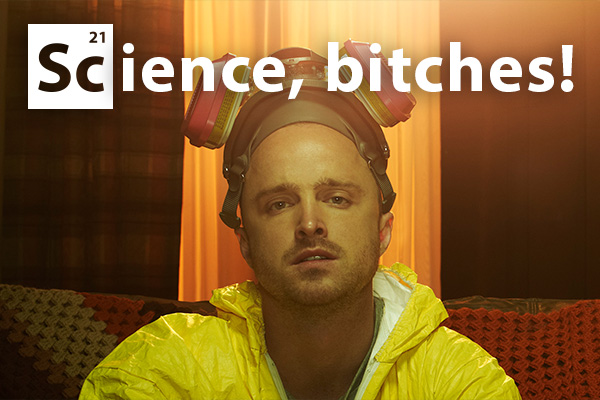Science, Bitches | Issue 23
How to clone a mammoth
Ok, so that’s probably unlikely to happen. But unlike Jurassic Park, this scenario is not actually that crazy. Don’t believe me? Well, this year Russian Scientists set about trying to clone a Woolly Mammoth. Yep, de-extinction has begun.
So what do you need to clone your Mammoth? Well, firstly, you need some well-preserved DNA. With a few exceptions, every organism has its entire genome stored in every cell. The genome is the “blueprint” to make that organism, of millions or billions of “letters” of DNA in the right order. So if you can get just one cell with an undamaged genome, you can (in theory) recreate the whole beast.
So how long can DNA last? It all depends on where you keep it – in hot, humid conditions, DNA breaks down pretty fast. But if an animal dies and is quickly frozen in the right conditions, it may be able to survive a very long time – possibly up to a million years. This does rule out Jurassic Park, since dinosaurs died out 65 million years ago, but that’s probably not such a bad thing. Our Russian Mammoth lived about 43,000 years ago, and may have fallen through a hole in the ice when she died. She remained buried under the permafrost until last year, when researchers found her incredibly well preserved; not only was her DNA intact, so were her blood vessels, kidneys, and red blood cells.
So now you’ve got your Mammoth DNA, you now have to build your Mammoth. DNA is a great blueprint, but it needs something to carry out the instructions. When we clone animals like sheep, we take a sheep egg cell, remove the DNA that’s in there (only half a genome’s worth – normally, a sperm cell donates the other half to make a full set of DNA). Now we have an “empty” egg, we can fill it with the full genome of the sheep we want to clone. We then put this egg into a surrogate mother, where it grows into a foetus and then is born. I imagine you can see the problem here, already; we don’t have any living Woolly Mammoths – but how about an elephant? The scientists are planning on using an Asian Elephants to donate eggs and grow the Mammoth foetus.
Now, intraspecies cloning is still a tricky process, and trying to grow a mammoth inside an elephant will be even more unpredictable and fraught with difficulties – will the DNA and the egg be compatible? Will the Elephant recognise the Mammoth foetus as foreign, and reject it like a bad heart transplant? Will the Mammoth get the right growth signals and develop properly? Even if things don’t go to plan, the process will teach us a huge amount about the Woolly Mammoth. And if it does work, we might start looking for the next de-extinction candidate – and I’ll be first in line for a pet Moa! That’s science, bitches.



